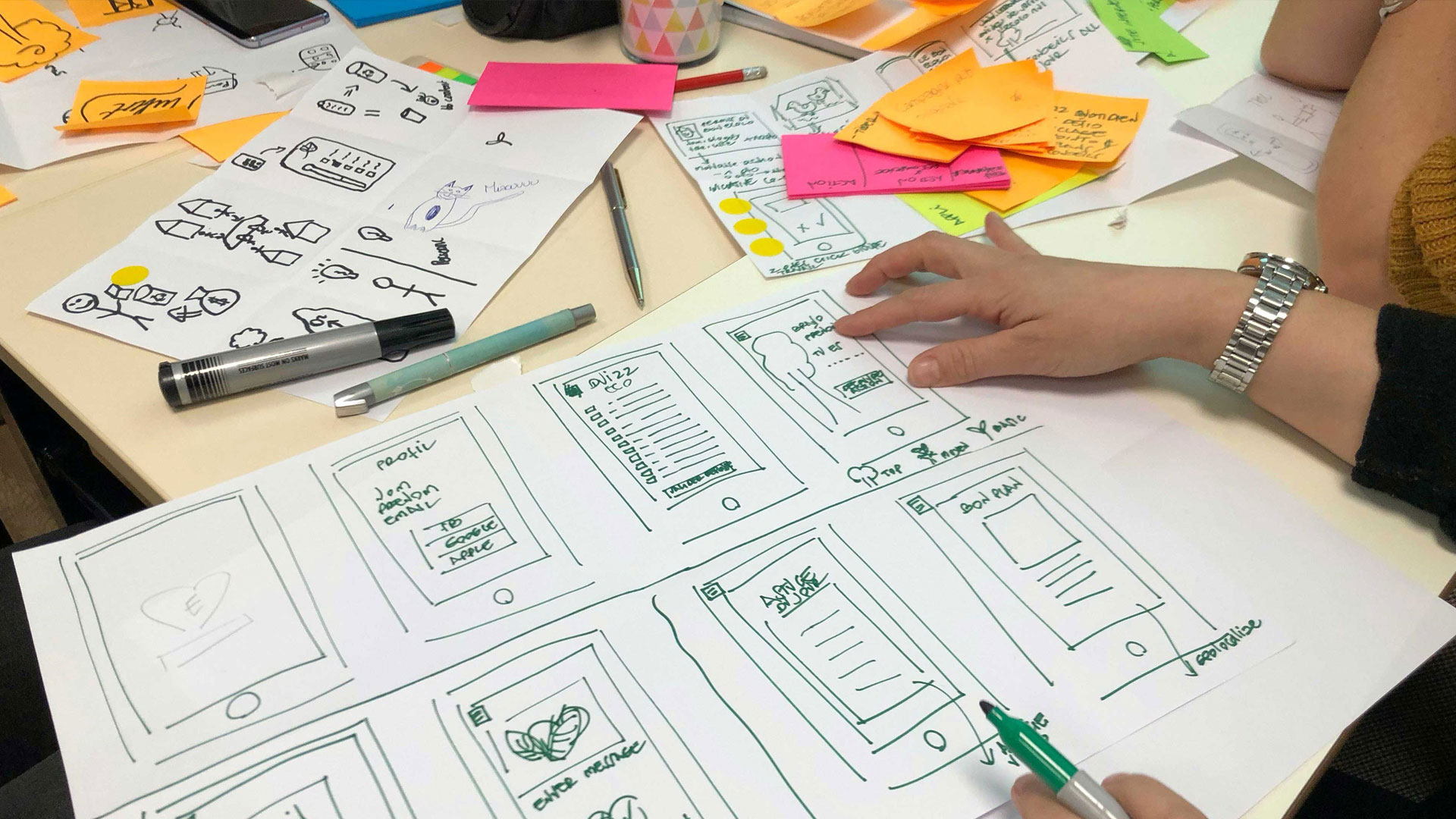Discover how incorporating UX best practices, such as simplicity, intuitive navigation, and consistency, can enhance the user experience and engagement with your native mobile app, leading to increased user retention and satisfaction.
- Explanation of UX and its importance in mobile app development.
- Key principles of good UX design, including simplicity, intuitive navigation, and consistency.
- Introduction to the Jigx App Platform and its role in facilitating rapid development of native mobile apps with great UX.
Did you know 79% of users will abandon an app if it’s too difficult to use? Today users have so many mobile app options to choose from, they don’t need to settle. We demand not just an app that works, but one that works smoothly, and is helpful in guiding on why we’re using the app in the first place.
User Experience (UX) is the art of crafting smooth meaningful experiences for users. It’s all about what the user feels when interacting with your product. A good UX involves first understanding user’s needs to then design intuitive interfaces and foster positivity across the app.
The good news is you don’t need to be a UX professional to incorporate UX best practices into your app build.
Doing UX When You’re Not a Designer — The Party Analogy
Think of the last time you went to a great party. You arrived and knocked on the door. The host or hostess opened and welcomed you. They might have offered to take your coat and directed you to the food and drinks, while also making some introductions or side notes about other party goers (i.e. “Bob just completed the cool project he was working on with that awesome mobile app development software”).
If you got a chance to watch from afar, the party seemed to flow gracefully. Everyone is exactly where they need to be. No one seemed worried, bothered, or anticipating when to pull the infamous Irish goodbye.
This analogy is used across the UX and design world to describe a good UX. How do you welcome users? Where do you want them to go? Are there things you want them to experience? How can you make it as easy as possible for them?
Keys to Good UX Design for Native Mobile Apps
Fortunately creating a good UX requires the consideration of some common elements. Here are some key principles and practices to ensure you foster a successful UX for your mobile apps:
- Simplicity and Clarity — Less is more. Keep the app screen simple, uncluttered, and easy to navigate (prioritizing white space is crucial). Avoid unnecessary complexity and provide clear visual clues to guide users through the app.
- Intuitive Navigation — Design an intuitive navigation throughout your app that allows users to access different features and sections with minimal effort. If you’re unsure the navigation fits, you can utilize familiar mobile navigation patterns and gestures from other apps you love to use.
- Consistency – Maintaining consistency in design elements, such as colors, icons, and typography is important throughout the app. Consistency helps your users quickly learn and adapt to the interface, enhancing usability. You should also make sure that the interactions on your mobile app are consistent and do not cause any confusion for your users. Do the work for them instead of making them do it for you.
Great UX at 10x the Speed for Developers
New offerings like the Jigx App Platform empowers any developer to deliver great native mobile experiences across both iOS and Android, using languages they already know, all without the need of a designer.
It allows developers to focus on their apps features and backend, while Jigx ensures consistent structure, screen simplicity, and user intuitiveness across the app. Developers can use preconfigured templates to get started and add custom attributes to every screen.
Remember, it’s not just building an app that matters to users today. Remember to be a good host or hostess and throw a great party for your users.



